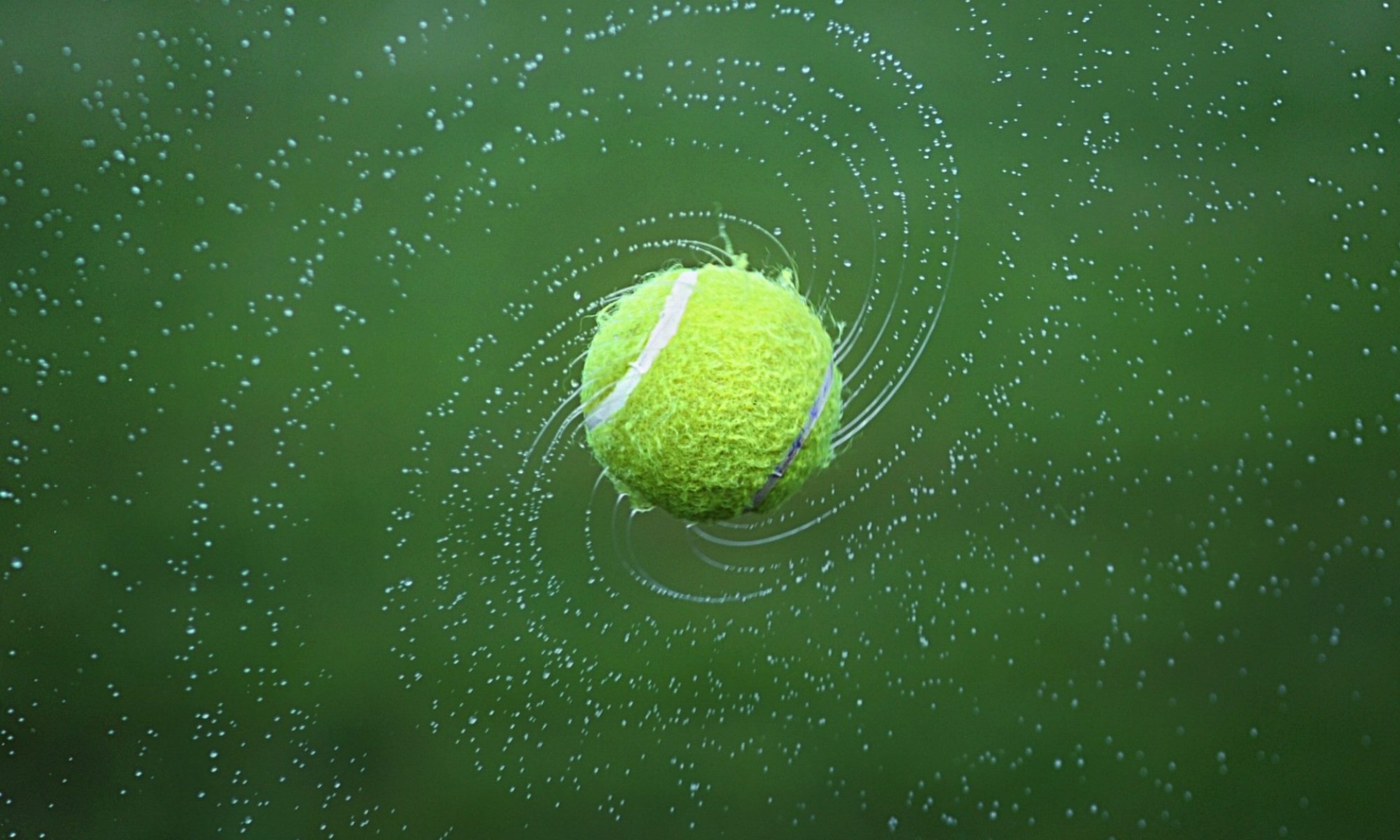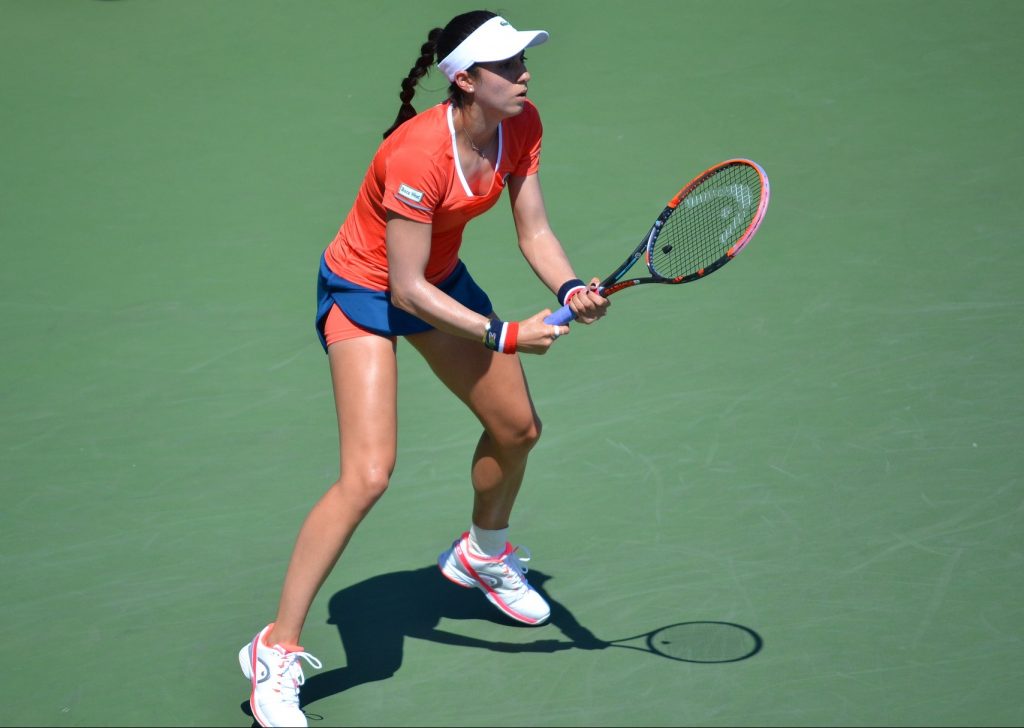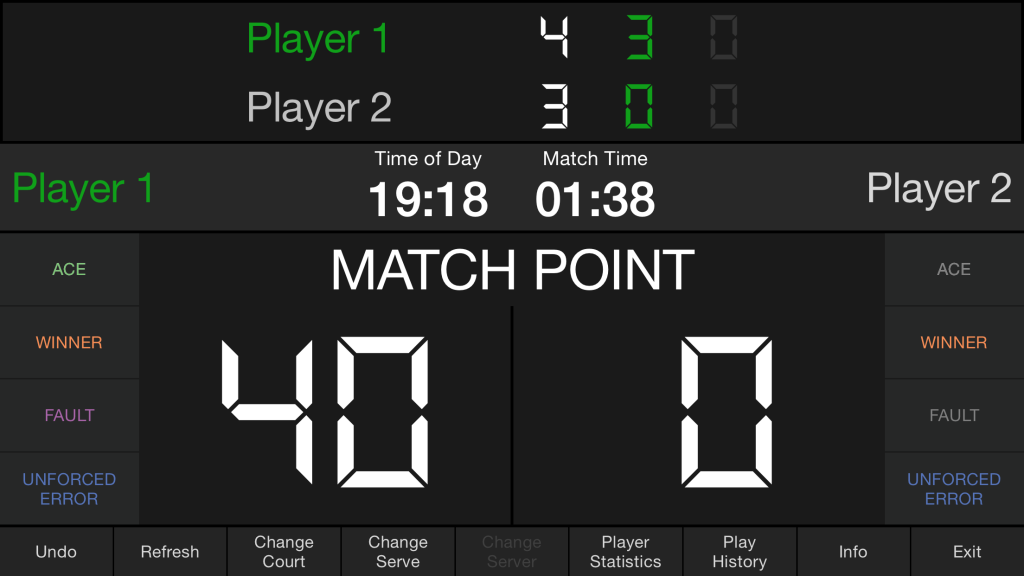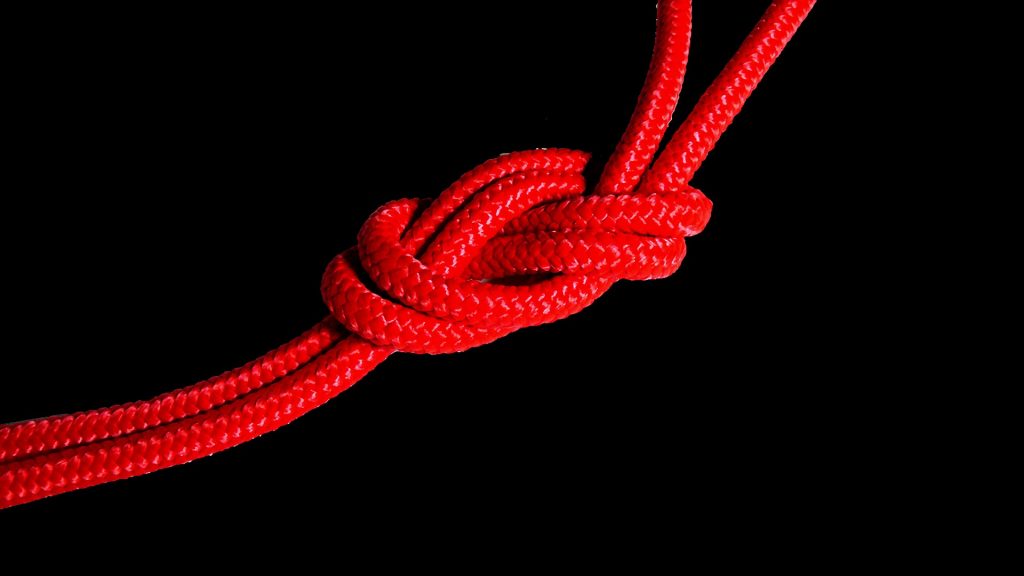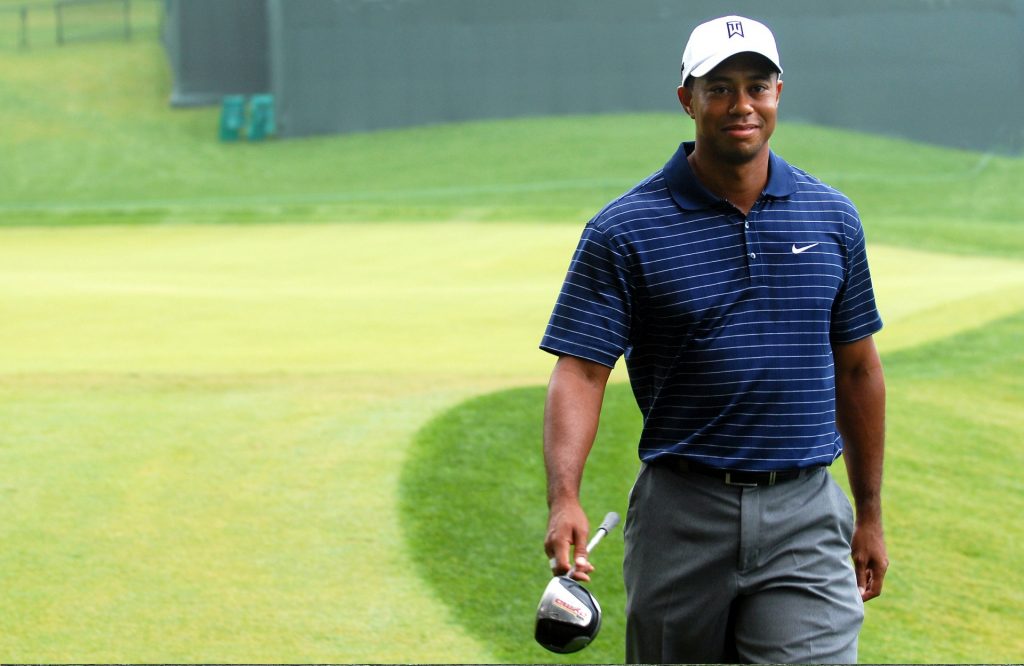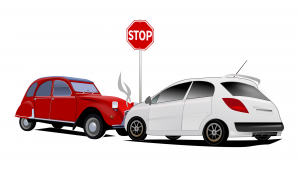Last week we talked about taking your mind, that is your conscious mind, off your tennis, so your subconscious could take over. Continuing with our focus on using your brain to help you play better tennis (or at least not hindering your ability to play to your potential), let’s look at some ways to get your brain involved in the right ways.
1. Know your strengths- take some time to analyze your strokes, better yet, have a tennis pro evaluate your game. Once you know which shots or abilities (baseline rallying, net play, movement, etc) are your strengths, you can design your style around them. You may excel at long baseline rallies due to a good forehand, great stamina, and excellent foot movement. You may have a great net game and choose to serve and volley frequently.
2. Commit to your playing style- once you understand your game, you can gain confidence in it and commit to practicing and perfecting it. Knowing your on-court identity will help you weather those games where you are making mistakes and, in the past, doubted your abilities.
3. Think about tactics, not results (and definitely not mechanics)- many times the score can get in the way of your best tennis. And thinking about the mechanics of a stroke is the kiss of death to fluid, focused play. Think about patterns you want to execute…”get into a forehand, cross-court rally until I see an opening for a short angle or down-the-line winner”, serve to his backhand and charge the net”, etc. It also helps to analyze your opponent’s patterns….”When she’s going to serve out wide, she stands further from center mark”, “when I give him a short ball, he cranks a forehand down the line.” Never think about the actual stroke mechanics, that’s what practice and lessons are for.
“Before I learned the art, a punch was just a punch, and a kick, just a kick.
After I learned the art, a punch was no longer a punch, a kick, no longer a kick.
Now that I understand the art, a punch is just a punch and a kick is just a kick.”
— Bruce Lee
